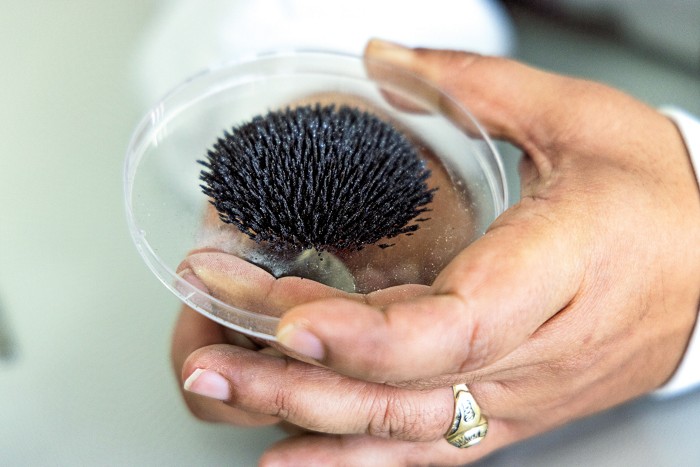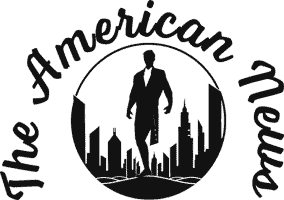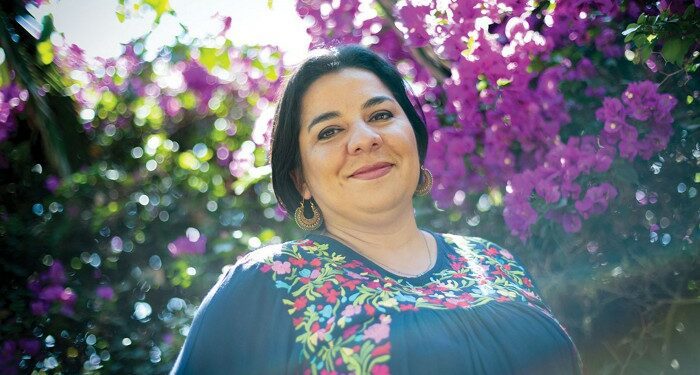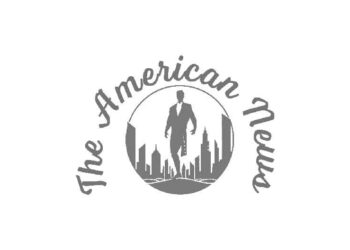Credit: Karen Toro
Sarah Briceño
In 2014, Sarah Briceño was finally seeing the fruits of her labor. She had been promoted to a higher-level research job at the Venezuelan Institute for Scientific Research (IVIC), one of the leading scientific institutions in her home country. She held a PhD in applied chemistry and had published a variety of articles on the synthesis and characterization of magnetic nanomaterials. Her research was going well, and she was making progress on developing new methods of forming nanoparticles for the reduction of nitrogen oxides, air pollutants that are produced when fossil fuels are burned.
Vitals
Hometown: Valera, Venezuela
Education: BS, chemistry, 2007, and PhD, applied chemistry, 2010, University of the Andes in Venezuela
Current position: Associate professor of physical sciences and nanotechnology, Yachay Tech University
Professional advice: It is not the subject area but the teacher that is going to make a difference in your career.
Favorite Musician: Manu Chao
What reminds me of home: Cachapas
I am: Latina, Venezolana
Unfortunately, while her career flourished, her country began to fall apart. Venezuela plunged into an economic crisis. By 2018, hyperinflation would reach 63,000% annually.
“The situation in the country was so difficult that we had to stand in lines from dawn to dusk just to get food,” she says. “We were assigned a specific day each week. Mine was Tuesday.” One day, Briceño waited in line in the sun from 3:00 a.m. to 4:00 p.m. and then went home empty handed. “All the food was gone,” she says. Briceño knew she had to leave Venezuela when her entire monthly salary was barely enough to cover the rent for a small room.
“I felt so frustrated,” she says. “I had a PhD, a permanent position at IVIC, and I couldn’t believe that I had worked so hard for nothing.”
Briceño learned about an opportunity to work at a new institution in Ecuador. Yachay Tech University had been founded in 2014 to provide access to education in science and technology to people from communities throughout Ecuador. In 2017, Briceño immigrated and started work there.
At first, adjusting to the difference in research culture between Ecuador and Venezuela was hard. At Yachay Tech, Briceño encountered students from rural areas who were the first in their families to attend university. The idea of doing scientific research in a laboratory was a new experience for them because they hadn’t had exposure to these resources before.
Briceño saw this as an opportunity. “Our job is to teach students with love,” she says. “When I began as an undergraduate student, I didn’t know much either.”
Briceño also had to overcome a lack of essential glassware and equipment like chromatographs and spectrophotometers. Her lab contained only tables and chairs.
But that didn’t stop her. For instance, to teach her students about acids and bases, Briceño used red cabbage juice as a pH indicator. The anthocyanin molecule in cabbage changes color depending on a solution’s acidity, providing a low-cost alternative to a pH meter. Instead of beakers and flasks, she used recycled baby food jars. To obtain natural carbon fibers, she turned to banana tree trunks (Biomass Conv. Bioref. 2023, DOI: 10.1007/s13399-023-03747-3), and she’s considering making drug delivery microparticles out of Ecuadorian diatoms, a type of algal cell encased in a mineralized shell.
My dream is to return to my country and rescue the laboratories where I was trained.
Resourcefulness is one of Briceño’s best assets. She wants her students to learn to “do research using renewable resources” and to know they can give “added value to waste that has the potential to become new materials with the appropriate treatment,” she says.
One of the tasks Yachay Tech’s administrators gave Briceño when she was hired was to build up the institution’s research and teaching capabilities. The deal was simple: Yachay Tech provided the funding, while Briceño and her colleagues contributed their expertise to acquire the essential technical equipment.
Slowly and steadily, the nanotechnology laboratory of Yachay Tech grew. Thanks to the advice of Briceño and other new hires, the department ordered equipment for Raman analysis, X-ray diffraction, and chemical vapor deposition, among other techniques. Briceño’s work did not go unnoticed among her colleagues. “Sarah is extremely proactive,” says Gema González, dean of the School of Physical Sciences and Nanotechnology at Yachay Tech.
With a brand-new laboratory, Briceño was determined to contribute her knowledge to the benefit of the community that had welcomed her. In September 2020, during the early stages of the COVID-19 pandemic, Ecuador was one of South America’s worst-hit countries, with a death toll of 211 per 100,000 people, according to the Economist in 2022. The country’s response was slowed by the lack of capacity for testing and monitoring and a long turnaround time to get results from polymerase chain reaction (PCR) tests.

Credit: Karen Toro
Sarah Briceño’s lab is investigating the magnetic properties of black sand from Ecuador’s coast for industrial applications.
One technology for speeding up PCR test processing involves adopting a preliminary RNA extraction from test samples using functionalized magnetic nanoparticles. While this technique makes it possible to process 10,000 tests per day, compared with 3,500 without the technology, the nanoparticles were unaffordable for Ecuador. So Briceño and her colleagues at Yachay Tech developed a low-cost method for synthesizing the necessary nanoparticles (Sci. Rep. 2020, DOI: 10.1038/s41598-020-75798-9).
“We produced a liter of magnetic nanoparticles that facilitated thousands of tests,” Briceño says. It was a tremendously rewarding experience. Briceño and her colleagues estimated that, in just 2 days, they could make enough nanoparticles for about 50,000 accelerated COVID-19 tests.
Briceño is a role model for her students at Yachay Tech. Amauta Quilumbango, an undergraduate in the School of Physical Sciences and Nanotechnology, says the experiences that he has had with Briceño are etched in his memory.
Briceño guided him as he prepared for his thesis presentation. “She taught me that in order to talk about my research, I need to tell a story,” he says. That instruction helped him change his focus on science and approach his dissertation defense in a more confident way. Inspired by Briceño’s mentorship, Quilumbango aspires to earn a PhD in nanotechnology.
Ultimately, Briceño hopes to return to Venezuela. “My dream is to return to my country and rescue the laboratories where I was trained. I want to educate the people and make their laboratories what they have always been meant to be,” she says. Fueled by this dream, she wants to apply everything she’s learned in her career to advance her country.
Chemical & Engineering News
ISSN 0009-2347
Copyright © 2024 American Chemical Society
Source link : http://www.bing.com/news/apiclick.aspx?ref=FexRss&aid=&tid=66eda948292a45af8a6804dd2658bd87&url=https%3A%2F%2Fcen.acs.org%2Fenvironment%2Fsustainability%2FSarah-Briceno-turns-Ecuador-natural-resources-into-nanomaterials%2F102%2Fi29&c=12922134414573810863&mkt=en-us
Author :
Publish date : 2024-09-19 13:00:00
Copyright for syndicated content belongs to the linked Source.









